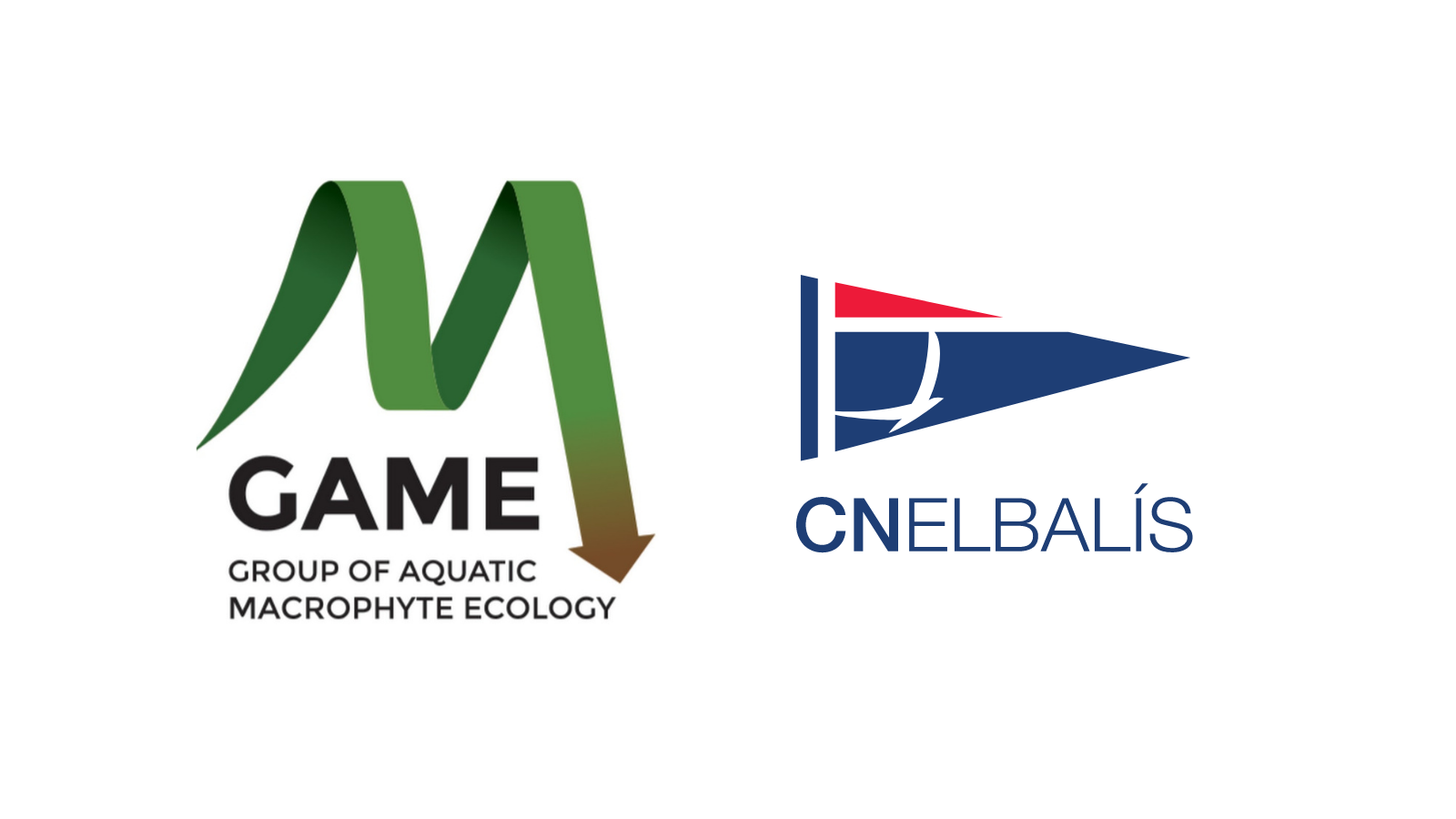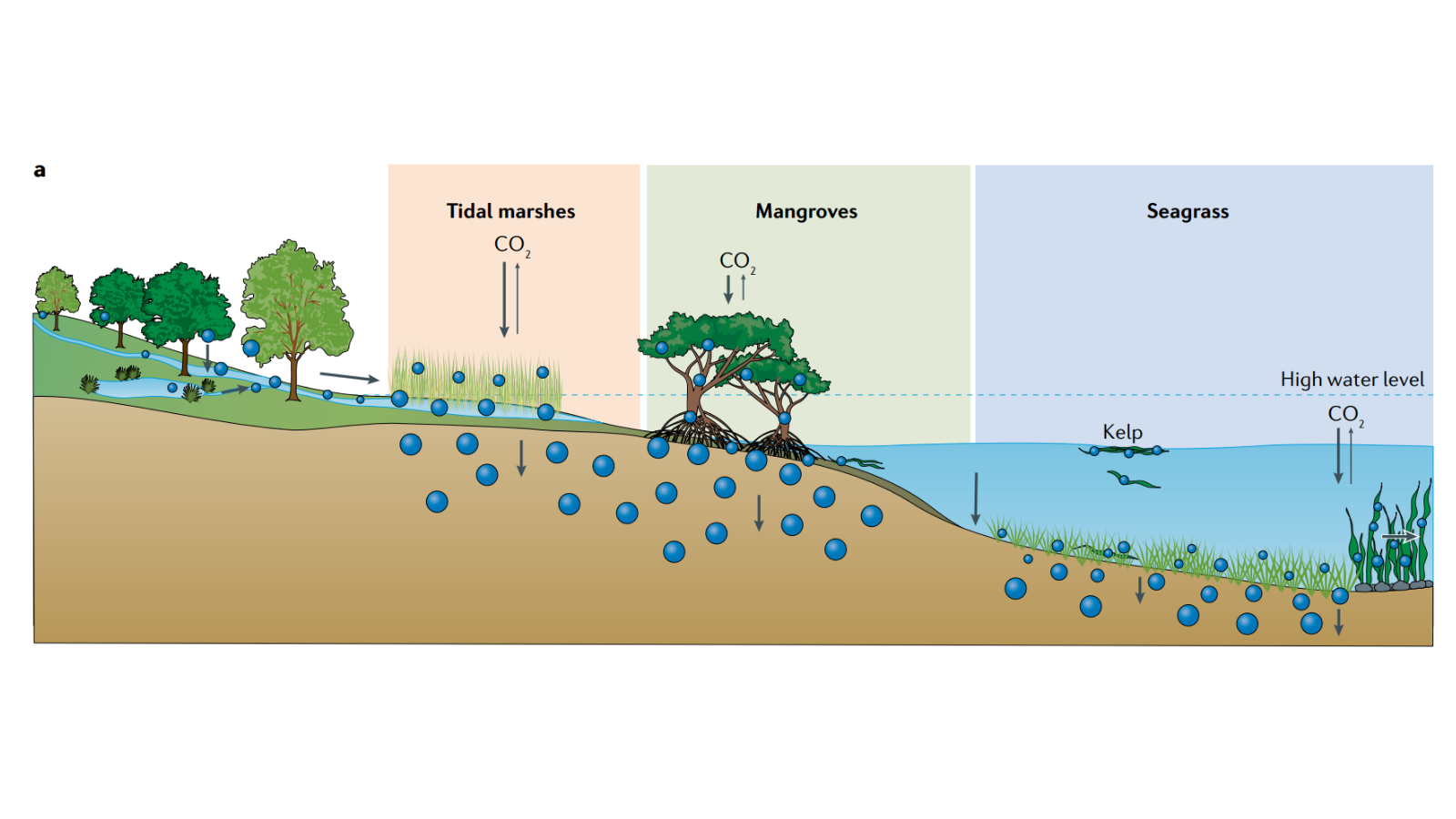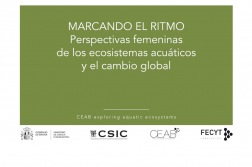Ecosystem change occurs at multiple patial and temporal scales. Discriminating between real state changes, cycles, and trends, is often difficult or impossible without an adequate time perspective, since multiple processes interact at multiple temporal and spatial scales. For this reason, long, detailed and reliable temporal series of data on relevant ecosystem functional and structural variables are a priority for researchers and managers since this allows them to distinguish between normal and abnormal conditions and deliver the appropriate diagnostic. Defining baseline conditions and determining the resilience of ecosystems to perturbation is often achieved by turning to history. In the case of ecosystems, that history may be contained in long-term temporal series of data. Temporal series of data can be generated from long-term monitoring programs or sought in human, biological, or geological records. Monitoring programs can provide detailed and high-quality information but often fail for a number of reasons, including their costly implementation and, even when implemented, may focus on just a few variables, thereby providing limited insights. Due to the limitations of monitoring data, the reconstruction of environmental change using natural archives (i.e. ice-, coral- or peat-cores) is widespread. While palaeo-reconstructions can provide valuable insights into impacts in coastal areas, accurate palaeo-records in exposed coastal environments are rare. The formation of an archive requires conditions that permit both the accumulation of materials that reflect concurrent environmental conditions and the subsequent preservation of those materials in a coherent structure. However, shallow, coastal marine systems are typically very dynamic and so any accumulation of sedimentary material is disturbed and disrupted. Seagrass meadows have been found to be an accurate and long-term observer of the past natural history of our coasts. Pioneering work in the Mediterranean Sea and Australia on seagrass soils, by IP in this project Dr Serrano, has successfully reconstructed environmental change over decadal to millennial scales, and has generated a new research program on coastal ecology based on the analysis of the palaeo-archives existing in the massive deposits seagrassecosystems develop over millennia, which is now a central motor of development in the field worldwide. The aim of this research is to study long-term temporal series of data from seagrass Posidonia archives in the Mediterranean Sea and Australia to answer key and novel questions relating to coastal environmental change. The specific ojectives of this research are:
Objective 1 – Reconstruct the effects of anthropogenic stressors on seagrass Posidonia ecosytem dynamics in the Mediterranean and Australian regions during the Holocene.
Objective 2 – Reconstruct metal emissions (and production) from ancient civilizations to present over the Holocene, and associated causes (e.g. land-use change, fire, smelting and industry) in Mediterranean and Australian regions.
Objective 3 – Reconstruct the history of plastic pollution in coastal Mediterranean and Australian regions
Environmental changes in coastal ecosystems in response to anthropogenic drivers during the Holocene
Project CEAB




